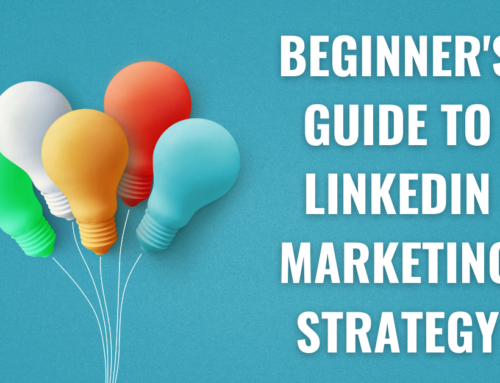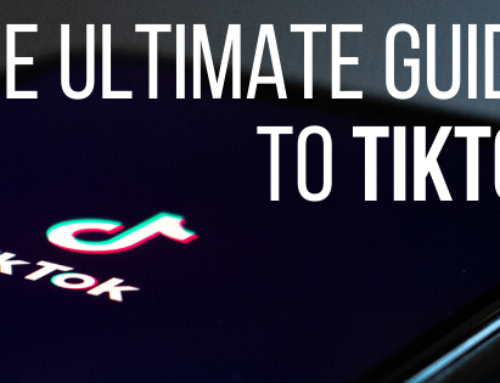Your brand is a culmination of elements that represent your business – your logo, your color, your message, your culture. All these things are rolled up together and communicate to your customers. That is how they get to know who you are, what you stand for, and what you sell.
Brands are just like people: they grow and change over time. There are a lot of signs that a rebrand might right for your business. A rebrand can mean anything from changing your logo, to revamping your website, to rethinking your strategic messaging. Your brand should illustrate the perception of what you do, and rebranding is a process, a strategy, and an opportunity. This allows your company to evolve its identity as your business evolves.
Are you thinking about rebranding? Ask yourself these five questions to find out if it makes sense for your business:
1. Are you getting confused with other brands?
If your business is somewhat generic or very similar to other organizations, it’s probably hurting you to stick with generic branding. Rebranding can differentiate you from the competition. What makes you different? What do you uniquely offer that customers can’t get from your competitors? Rebranding is an opportunity to communicate to your customers what makes your business special.
2. Is the perception of what you do outdated?
In the early days of your business venture, maybe you focused on a specific service and that is what you’ve been known for. As you grew, you launched a variety of complementary products and services, expanded locations, and found new verticals. If your brand did not grow along with your business’ growth, your customers may not be aware of all the offerings currently available. A rebrand might be the perfect way to inform your audience about the business you have become.
3. Has your mission changed or influence grown since when you started?
Who were you when you started? Chances are, as your business grew, your mission grew with it. It’s normal for brands to grow over time, and rebranding can be like moving up a clothing size to make room for the new you. A rebrand can be the process of re-focusing on a revised, creative mission statement that better encapsulates who you are now.
4. Are you targeting a new demographic?
As time goes by, there are a lot of reasons that your target demographic may need to change or expand. You may need to target a new generation as your original demographic ages, or, you may need to target a new geographical location as you physically expand. Revisiting your branding can be the perfect way to appeal to a larger or a different demographic.
5. Do you need to outgrow a poor reputation or a mistake in the past?
McDonald’s is an example of a company that used rebranding to combat negative press. As we continue to become more health conscious, the “super size me” message was less and less relevant. McDonald’s listened to its critics and incorporate grilled chicken, salads, and oatmeal into its menu. They also use the tag “I’m lovin’ it” now. Rebranding allowed McDonald’s to respond to its critics and communicate to the world that it cares about its customers. Rebranding can help communicate to your audience that you are aware of concerns and are taking active steps towards improvement.
So the conclusion? It’s time for a rebrand when what you say stops reflecting what you do. Take a good look at what your brand is communicating and ask yourself: is this who we are?






Leave A Comment